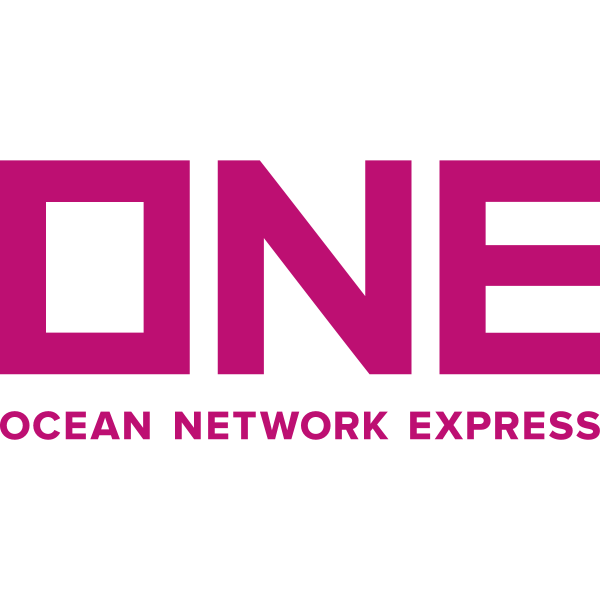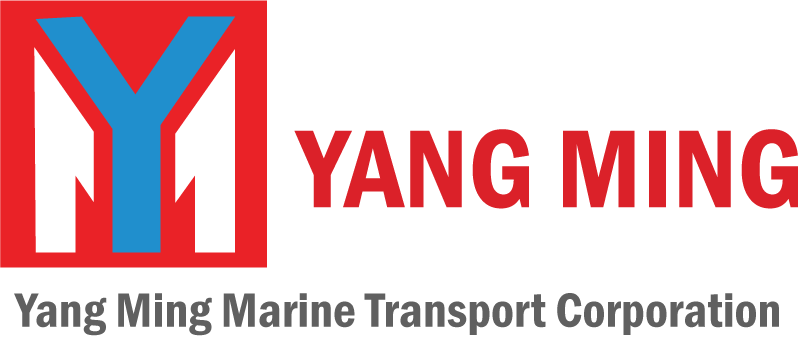Discover the world's largest shipping companies ranked by fleet energy efficiency (EEDI), updated for 2025. Our comprehensive analysis covers major global carriers and their shipping capacity.
his ranking identifies the world’s leading maritime carriers based on the energy efficiency of their fleets. . Updated for 2025, this ranking highlights carriers at the forefront of low-consumption, high-performance fleet operations.






The ranking is based on how efficiently a carrier’s fleet converts energy into transport work, evaluated through metrics like EEDI (Energy Efficiency Design Index), EEXI (Existing Ship Index), and fuel consumption per distance and tonnage.
We collect data from IMO emissions reports, classification societies, vessel registries, and public disclosures by shipping lines on energy performance.
Energy efficiency claims are verified through third-party environmental audits, technical specifications, and emissions monitoring frameworks.
Carriers are ranked based on fleet-wide averages for fuel consumption per nautical mile per TEU or DWT. We also assess vessel age, propulsion upgrades, and use of low-emission fuels.
Data is reviewed every quarter to account for newly delivered vessels, retrofitting programs, regulatory developments, and operator disclosures.
Energy efficiency reflects a carrier’s ability to reduce operational costs, improve sustainability, and comply with environmental regulations. Efficient fleets not only lower fuel consumption and GHG emissions, but also provide competitive advantages under IMO and EU carbon regulation frameworks.
Lower energy usage directly translates to reduced fuel costs, a key factor in liner competitiveness and rate management.
IMO 2023/2030 targets make energy efficiency a legal and operational priority, with ratings like CII impacting operational freedom and future fleet planning.
ustainable fleet operations enhance corporate reputation and attract ESG-conscious clients, investors, and cargo owner.
This list ranks carriers by average fleet energy efficiency across their operated vessels in 2025. High performers demonstrate investment in clean technologies, efficient operations, and long-term sustainability strategies.
| Rank | Company | Container Loss (% of TEU) |
|---|---|---|
| 1 |  | |
| 2 |  | |
| 3 |  | |
| 4 |  | |
| 5 |  | |
| 6 |  | |
| 7 |  | |
| 8 |  | |
| 9 |  | |
| 10 |  |
Carriers globally ordered 2,200+ next-generation vessels in 2023-2024, most equipped with dual-fuel engines or optimized hull designs.
Average energy consumption per TEU-km decreased by 6,2% across top-performing fleets between 2021 and 2024.
IMO regulations now require all ships to meet minimum EEXI and CII thresholds, directly linking energy performance to legal operations and charter eligibility.
Japanese and Korean carriers lead in hybrid engine adoption and smart ship energy management systems, combining fuel savings with emissions transparency.
European companies, led by Maersk and CMA CGM, are pioneering the use of methanol-fueled vessels, LNG retrofits, and onboard energy optimization technologies:
Ranking by number of ships
Compare shipping companies based on the total number of vessels in their fleet
View Fleet Size rankingRanking by million TEU transported
See which shipping companies move the largest volume of containers globally
View Volume Transported rankingRanking by container fleet capacity (M TEU)
Compare the total carrying capacity of shipping company fleets worldwide
View Fleet Capacity rankingRanking by number of covered ports
Compare shipping companies based on their global port coverage and network reach
View Ports Coverage rankingRanking by presence in number of countries
See which shipping companies have the widest global footprint across different countries
View Global Presence rankingRanking by number of maritime lines
Discover which companies offer the most extensive network of maritime shipping routes
View Maritime routes rankingRanking by EEDI (gCO2 per TEUkm)
Compare the Energy Efficiency Design Index of different shipping companie.
View Energy Efficiency rankingRanking by annual CO2 reduction (EEOI)
See which companies are improving their Energy Efficiency Operational Indicator the fastest
View Operational Efficiency rankingRanking by containers lost (% of moved TEU)
Compare companies based on their container safety record and loss prevention
View Container Safety rankingRanking by annual CO2 reduction (total operations)
See which companies are reducing their total carbon footprint the fastest
View Total Emissions Reduction rankingRanking by annual CO2 reduction (fleet only)
Compare companies based on how quickly they re reducing their fleet emissions
View Fleet Emissions Reduction rankingRanking by fleet % using biofuels or dual-fuel engines
Discover which companies are leading in the adoption of cleaner fuel technologies
View Alternative Fuels rankingTotal fleet emissions (ktons CO2eq, Scope 1)
Compare the absolute emissions from shipping fleets without adjusting for company size
View Fleet Emissions rankingTotal company emissions (ktons CO2eq)
See the total carbon footprint of shipping companies including all operations
View Total Company Emissions ranking